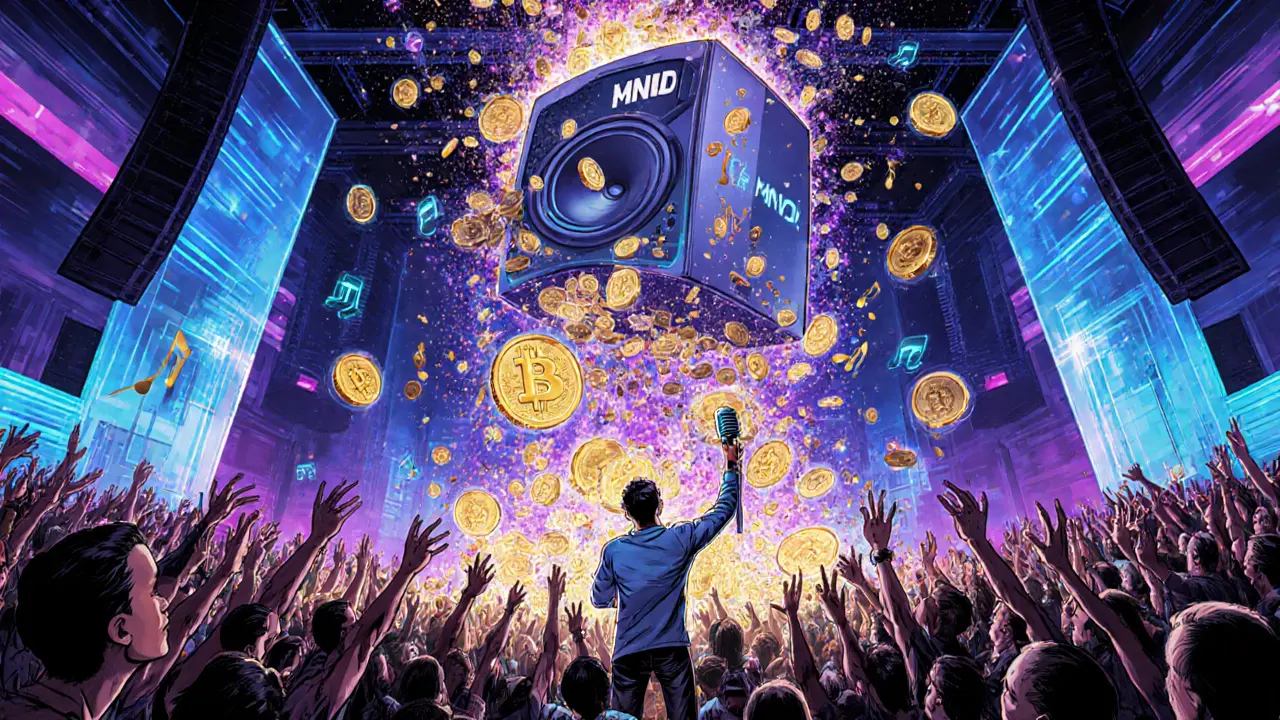Mind Music (MND) Airdrop Details, Staking Rewards & NFT Plans Explained
- Brandon Keys
- 14 06 2025 Airdrop Guides
A deep dive into the Mind Music (MND) airdrop, token distribution, staking rewards, NFT plans and how to verify your claim.
When diving into NFT collection, a curated set of non-fungible tokens that represent unique digital assets such as art, collectibles, and utility tokens. Also known as digital collectibles, it serves as a gateway for creators and investors to trade verifiable ownership on the blockchain.
One key driver behind many NFT collection projects is the Airdrop, a distribution method that gives free tokens or NFTs to eligible participants. Airdrops can spark rapid community growth, as seen in the EpicHero 3D NFT rewards that blend gaming and collectibles. At the same time, the underlying Blockchain, a decentralized ledger that records each token's provenance and transfer history, ensures each item in the collection is provably unique and tamper‑proof.
Beyond art and gaming, NFTs are pushing into Supply Chain, the network of processes that move goods from raw material to end consumer. Implementing NFTs for traceability promises immutable records, but it also brings technical hurdles like scaling and regulatory uncertainty. Understanding these challenges helps creators decide whether to embed NFTs in logistics or keep them purely digital.
With these pieces in place—unique assets, blockchain verification, and incentive mechanisms like airdrops—readers can see how an NFT collection connects to broader crypto trends. Below you’ll find deep dives, practical guides, and real‑world examples that flesh out each of these concepts, giving you a full picture of what’s happening across the NFT space today.

A deep dive into the Mind Music (MND) airdrop, token distribution, staking rewards, NFT plans and how to verify your claim.